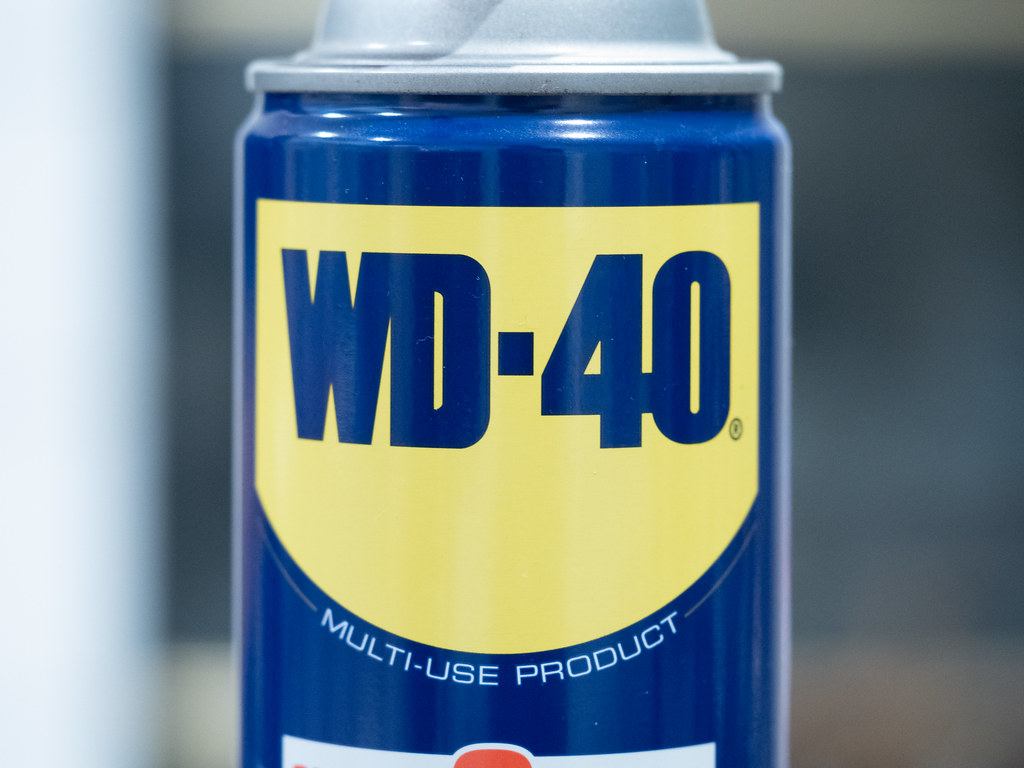Gardening is a rewarding and therapeutic activity, but it comes with its own set of challenges. From maintaining tools to protecting plants, gardeners constantly seek effective solutions to make their tasks easier. WD-40, known for its versatility, can be a valuable ally in the garden. This article explores ten creative WD-40 tricks that can help gardeners keep their tools in top shape, protect plants, and simplify various gardening tasks.
1. Cleaning Garden Tools
Removing Dirt and Sap
Garden tools can accumulate dirt, sap, and other residues that make them less effective. WD-40 can help clean these tools efficiently.
- Spray: Apply WD-40 directly onto the tool’s surface.
- Wipe: Use a clean cloth to wipe away dirt and sap.
- Brush: For stubborn grime, use a soft brush to scrub the tool.
Preventing Rust
After cleaning, it’s essential to protect your tools from rust. WD-40’s water-displacing properties can help.
- Spray: Apply a light coat of WD-40 to the cleaned tools.
- Wipe Excess: Wipe off any excess with a clean cloth, leaving a thin protective layer.
2. Lubricating Garden Tools
Ensuring Smooth Operation
Moving parts of garden tools, such as pruners, shears, and hedge trimmers, need regular lubrication to function smoothly.
- Clean: Remove any dirt or old lubricant from the moving parts.
- Spray: Apply WD-40 to the joints and moving parts.
- Operate: Move the parts to distribute the lubricant evenly.
- Wipe Excess: Wipe away any excess WD-40 to prevent dirt attraction.
3. Protecting Outdoor Furniture
Preventing Rust and Corrosion
Outdoor furniture is exposed to the elements, making it prone to rust and corrosion. WD40 can provide a protective barrier.
- Clean: Ensure the furniture is clean and dry.
- Spray: Apply a light coat of WD-40 to metal and plastic surfaces.
- Wipe Excess: Wipe away any excess to avoid a greasy residue.
4. Removing Stubborn Weeds
Loosening Weeds
Weeds can be tough to remove, especially if they have deep roots. WD-40 can help loosen them, making them easier to pull out.
- Spray: Apply WD-40 directly to the base of the weed.
- Wait: Let it sit for a few minutes.
- Pull: Gently pull the weed out of the ground.
Avoiding Reapplication
While WD-40 is effective for loosening weeds, it should not be used as a regular weed killer, as it can harm the soil and plants. Use it sparingly and only on tough, stubborn weeds.
5. Protecting Garden Decor
Preventing Rust on Metal Decor
Metal garden decorations can add beauty to your garden but are susceptible to rust.
- Clean: Ensure the decorations are clean and dry.
- Spray: Apply a light coat of WD-40 to metal surfaces.
- Wipe Excess: Wipe away any excess to avoid a greasy residue.
6. Preventing Snow Buildup on Shovels
Easy Snow Removal
In winter, snow and ice can build up on shovels, making them less effective. WD-40 can help prevent this.
- Spray: Apply a light coat of WD-40 to the shovel blade before use.
- Wipe Excess: Wipe off any excess to avoid a slippery handle.
- Shovel: The snow will slide off more easily, making the task less strenuous.
7. Removing Chewing Gum from Outdoor Surfaces
Effective Gum Removal
Chewing gum stuck on outdoor surfaces can be difficult to remove. WD-40 can break down the gum, making it easier to clean.
- Spray: Apply WD-40 directly to the gum.
- Wait: Let it sit for a few minutes.
- Scrape: Gently scrape away the gum with a plastic scraper.
- Wipe: Wipe the area clean with a cloth.
8. Unsticking Garden Hose Nozzles
Ensuring Smooth Operation
Garden hose nozzles can become stuck due to dirt and mineral buildup. WD-40 can help loosen and clean them.
- Spray: Apply WD-40 to the nozzle threads and moving parts.
- Wait: Let it sit for a few minutes.
- Twist: Gently twist the nozzle to loosen it.
- Clean: Wipe away any dirt and excess WD-40.
9. Protecting Plant Labels
Making Labels Last Longer
Plant labels can fade and deteriorate due to weather exposure. WD-40 can protect them and make them last longer.
- Clean: Ensure the labels are clean and dry.
- Spray: Apply a light coat of WD-40 to the labels.
- Wipe Excess: Wipe away any excess to avoid smudging.
10. Maintaining Garden Machinery
Lubricating and Protecting Machinery
Garden machinery, such as lawnmowers and trimmers, requires regular maintenance to ensure optimal performance.
- Clean: Remove dirt and grass clippings from the machinery.
- Spray: Apply WD-40 to moving parts, blades, and joints.
- Operate: Run the machinery briefly to distribute the lubricant.
- Wipe Excess: Wipe away any excess WD-40 to prevent dirt buildup.
Safety Considerations
Ventilation
Always use WD-40 in a well-ventilated area to avoid inhaling fumes. Ensure proper airflow by working outdoors or in a well-ventilated garage.
Flammability
WD-40 is flammable. Keep it away from open flames, sparks, and high heat sources. Do not smoke while using WD-40.
Skin Contact
Avoid prolonged skin contact with WD-40. Wear gloves if necessary, and wash your hands thoroughly after use.
Storage
Store WD-40 in a cool, dry place away from direct sunlight and out of reach of children. Ensure the cap is securely closed to prevent leaks.
Conclusion
WD-40 is a versatile and valuable tool for gardeners, offering solutions for a wide range of challenges. From cleaning and lubricating tools to protecting outdoor furniture and decorations, its applications are nearly endless. By incorporating these creative WD-40 tricks into your gardening routine, you can keep your garden well-maintained, your tools in top condition, and make various tasks easier and more efficient. Always remember to follow safety guidelines and use WD-40 sparingly to achieve the best results. With WD-40, your gardening experience will be more enjoyable and productive.

